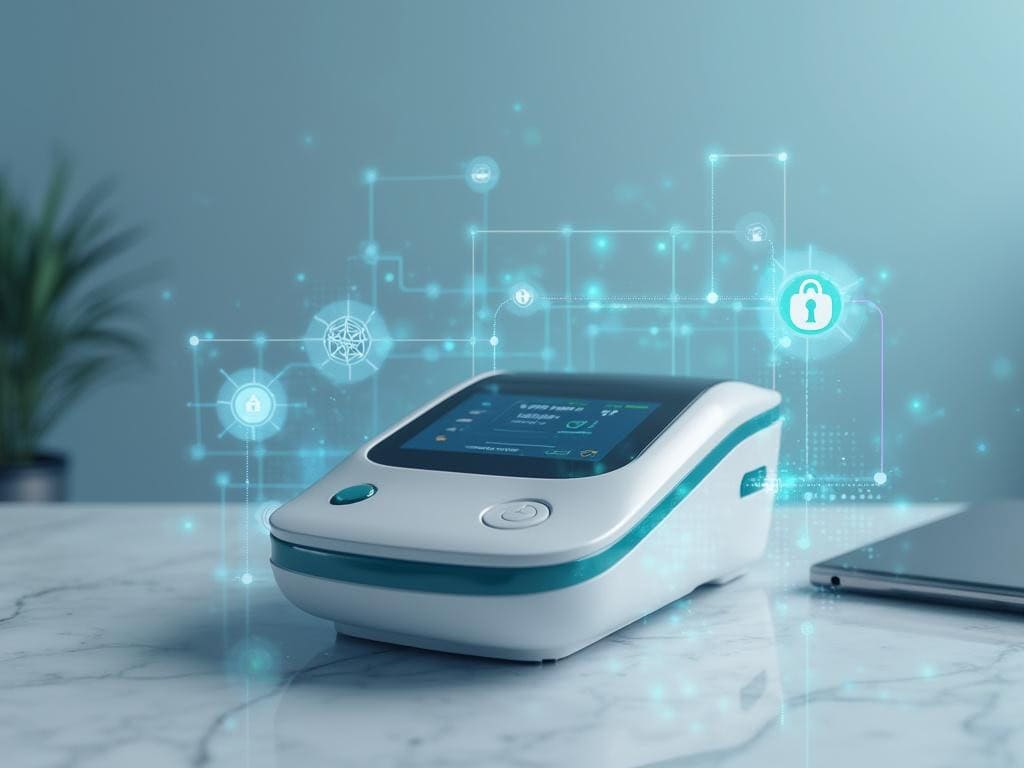FDA’s New Cybersecurity Playbook: Strengthening Medical Device Security and Patient Safety

FDA Releases Comprehensive Cybersecurity Playbook for Medical Device Manufacturers
The U.S. Food and Drug Administration (FDA) has unveiled a new "Cybersecurity Risk Management Playbook" aimed at strengthening security measures across the medical device manufacturing industry. The comprehensive guidance document emphasizes a secure-by-design approach and introduces structured protocols for managing cybersecurity risks throughout the entire product lifecycle.
The initiative comes as connected healthcare devices face mounting cybersecurity threats from sophisticated adversaries, including known groups like APT41 and UNC1878, who have previously targeted healthcare systems through supply chain vulnerabilities. Organizations must consider implementing comprehensive application rationalization strategies for security management.
Critical Security Implementation Guidelines
The playbook outlines several key focus areas for manufacturers to implement robust security measures. These include:
- Early-stage security integration during product conception
- Comprehensive supply chain risk management
- Coordinated vulnerability disclosure programs
- Continuous post-market monitoring protocols
"The FDA's playbook is a clear signal that governance and regulatory compliance requirements must evolve," notes Hemanth Tadepalli, Cybersecurity and Compliance Engineer at May Mobility.
Industry Impact and Expert Perspectives
The guidance document represents a significant shift in regulatory expectations, aligning with broader federal cybersecurity frameworks from CISA and NIST. Industry experts have largely welcomed the FDA's proactive stance, though some express concerns about implementation challenges.
Krista Arndt, Associate CISO at St. Luke's University Health Network, emphasizes the importance of mature Software Development Lifecycle programs: "The proactive approach adopted through use of secure by design and privacy by design principles in the SDLC is essential to proactively approach minimization of vulnerabilities."
Practical Applications for Manufacturers
Modern medical device manufacturers are increasingly turning to AI-powered security solutions and monitoring tools to enhance their cybersecurity posture. Manufacturers should:
- Implement the detailed risk assessment matrices and threat modeling tools provided in the playbook
- Develop coordinated vulnerability disclosure programs aligned with FDA recommendations
- Establish comprehensive third-party risk management protocols for supply chain partners
The FDA's guidance emphasizes that cybersecurity isn't just about compliance—it's fundamentally linked to patient safety and care delivery. As medical devices become increasingly connected and critical to healthcare operations, manufacturers must prioritize security measures from the earliest stages of development through post-market monitoring.
For additional information about medical device cybersecurity guidelines, visit the FDA's Digital Health Center of Excellence.
This comprehensive approach to medical device security marks a significant step forward in protecting healthcare infrastructure and patient safety in an increasingly connected world.

